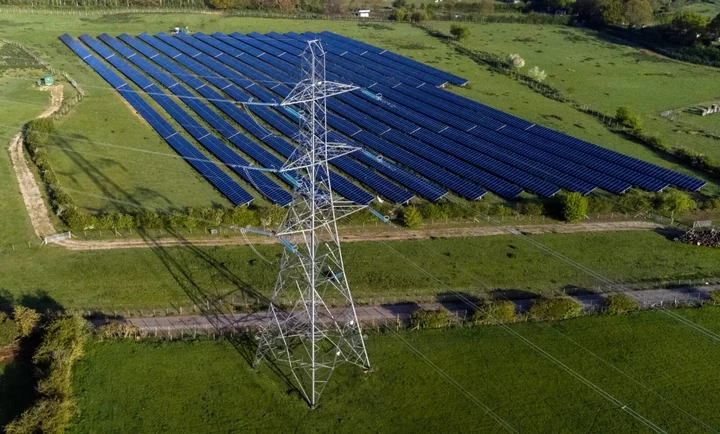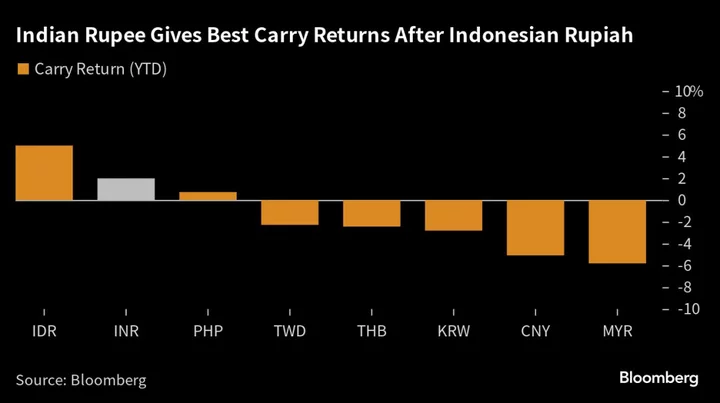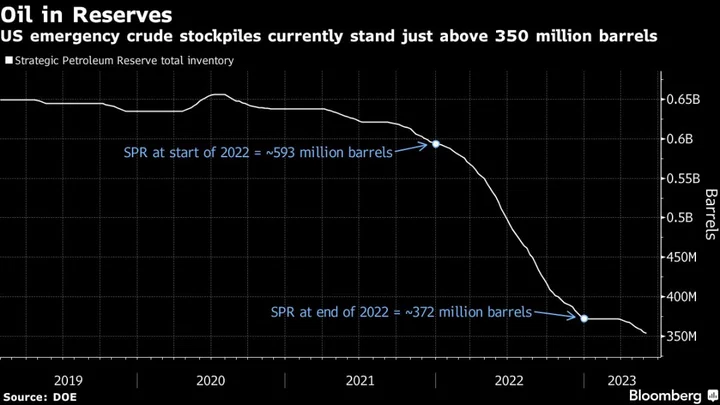Investors will pour more money into solar power than in oil production this year for the first time, signaling the scale and speed of the transition to low-carbon sources of energy.
That’s according to the latest report from the International Energy Agency, which sees investments in clean energy technologies soaring past those made in fossil fuels. However, the mix of investment is still far from one that would put the world on course to meet its commitments to limit the increase of global temperatures.
A record of more than $1.7 trillion will be invested in a variety of clean energy technologies this year compared to about $1 trillion going into fossil fuel supplies and power production, the IEA found. Clean energy spending is set to grow 24% this year, a more rapid pace than the 15% growth in investment for fossil fuels.
“Clean technologies are pulling away from fossil fuels,” said Fatih Birol, the IEA’s executive director.
The growth in clean energy spending is driven by technologies including solar panels and electric vehicles that are key to cutting dependence on the use of oil, coal and natural gas that are major causes of carbon emissions and lead to climate change. Still, that level of annual investment will need to roughly double by 2030 to put the world on track to have a chance to limit global warming to 1.5C, according to the report.
And while fossil fuel investment falls behind cleaner alternatives, it’s still set to reach the highest level since before the pandemic. That would have to start falling sharply this decade to be in line with the IEA’s scenario that would see the planet reach net-zero emissions by the middle of the century.
This is particularly true for coal, the most polluting fossil fuel. Investment in coal supply is set to rise 10% this year to a fresh record. The vast majority of that is in China, where power shortages have pushed the government to build new coal-fired plants.
(Updates with chart after fourth paragraph.)









